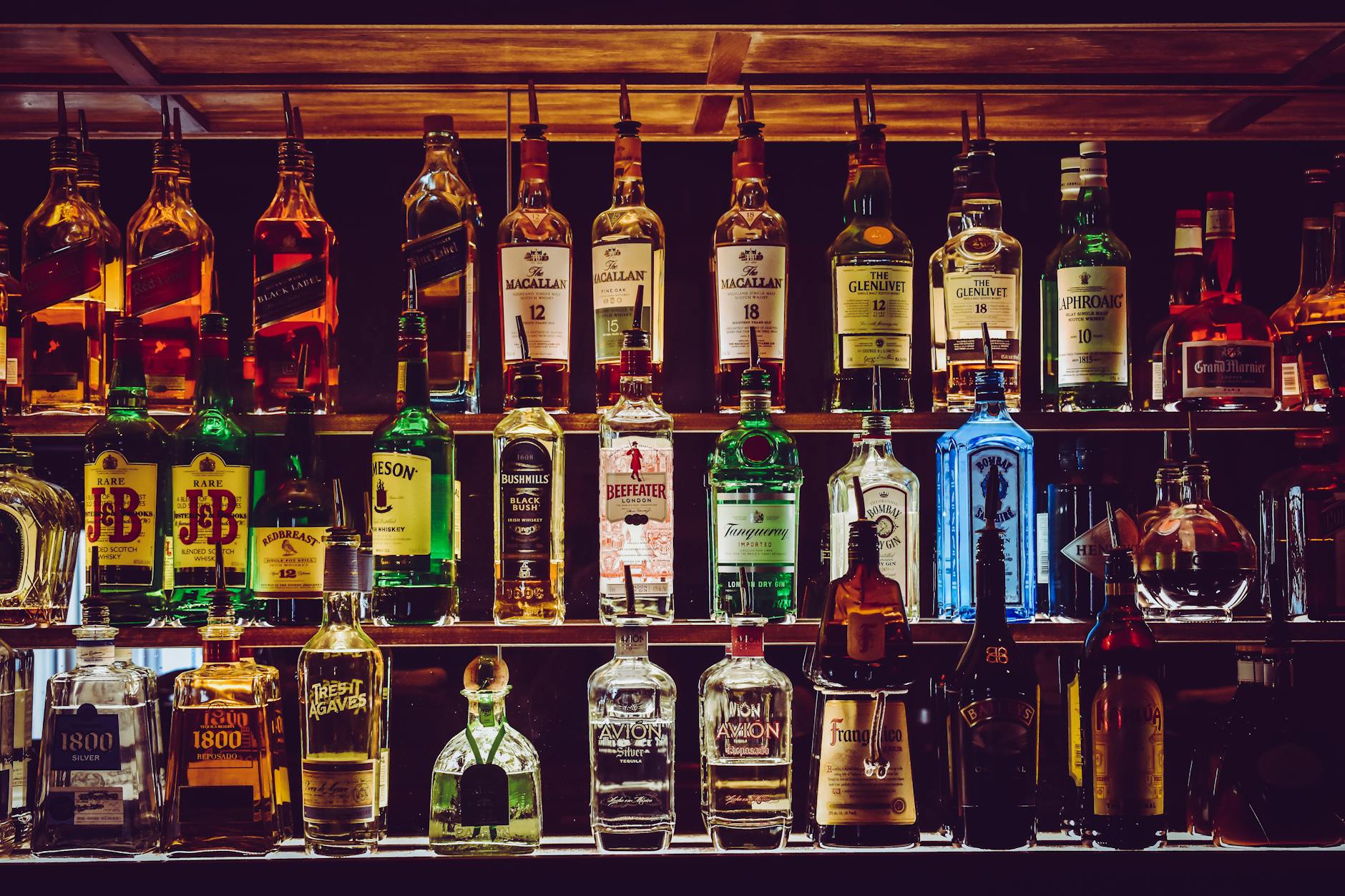The secret behind getting intoxicated: discover the fascinating beer equation that reveals how many brews it takes to feel tipsy.

Image courtesy of Chris F via Pexels
Table of Contents
Picture this: you’re at a social gathering, enjoying a few beers with friends, when suddenly the question arises – how many beers does it take to get drunk? It’s a fascinating question, one that has puzzled many party-goers and curious minds alike. Do you find yourself wondering about the science behind alcohol metabolism, individual tolerance levels, and the various factors that influence intoxication? In this comprehensive blog post, we will dive deep into these intriguing topics to help unravel the beer equation.
Understanding Alcohol Metabolism
Before we can determine how many beers it takes to get drunk, it’s important to understand how alcohol is metabolized in the body. When you consume alcoholic beverages, the liver is responsible for breaking down the alcohol through a series of chemical reactions. The rate at which alcohol is metabolized varies from person to person, but as a general rule, the liver can process approximately one standard drink per hour.
However, it’s vital to note that alcohol metabolism is a complex process influenced by various factors. For instance, factors such as age, sex, body weight, and overall health can affect the speed at which alcohol is metabolized. This means that even if two people consume the same number of beers, their blood alcohol concentration (BAC) may differ based on these unique individual factors.
Individual Tolerance Levels
Why is it that some individuals seem to have a higher alcohol tolerance than others? The answer lies in the concept of individual tolerance. Simply put, tolerance refers to the ability of the body to adapt to the effects of alcohol over time.
Genetics play a significant role in determining individual tolerance. Some individuals naturally possess enzymes that break down alcohol more efficiently than others, leading to a higher tolerance. Additionally, body weight can influence tolerance levels. Those with a higher body weight tend to have more water in their bodies, which dilutes the alcohol and may result in a lower BAC compared to individuals with a lower body weight.
It is important to note that tolerance levels can change over time. Regular alcohol consumption can lead to an increase in tolerance, meaning that one might need to consume more beers to feel the same level of intoxication. However, increased tolerance does not equate to immunity to the negative effects of alcohol. It is crucial always to drink responsibly and be aware of the potential risks.
Factors Influencing Intoxication
While the number of beers consumed is a significant factor in intoxication, it is not the only variable at play. There are several other factors that can influence how drunk one feels after consuming alcohol.

Image courtesy of www.farrin.com via Google Images
Firstly, let’s consider the impact of drinking on an empty stomach versus a full stomach. When you drink alcohol on an empty stomach, the alcohol is absorbed more quickly into the bloodstream, potentially leading to a faster onset of intoxication. On the other hand, consuming alcohol with food slows down the absorption process, as the food acts as a buffer, allowing the alcohol to be processed by the body more gradually.
Another important factor to consider is the effects of mixing different types of alcohol or drinking while taking medication. Certain combinations can increase the intoxicating effects of alcohol and even pose potential health risks. Always be cautious when mixing alcohol and medication and consult healthcare professionals if necessary.
Aside from physical factors, psychological factors also play a role in how drunk we feel. Our mood, environment, and mindset can shape our perception of intoxication. For example, being in a lively and energetic atmosphere might heighten the sense of drunkenness, even if you’ve only had a few beers.
Conclusion
So, how many beers does it take to get drunk? The answer is not as simple as a specific number. It depends on various factors, including alcohol metabolism, individual tolerance levels, and the context in which alcohol is consumed. It’s essential for each person to know their limits, drink responsibly, and make informed choices when it comes to alcohol consumption.
Understanding the science behind alcohol metabolism and the factors influencing intoxication allows us to have a more informed perspective on the effects of alcohol on our bodies. Remember, responsible drinking means not just knowing how many beers it takes to get drunk but also knowing your limits and ensuring the safety and well-being of yourself and those around you.
FAQ
Is there a specific number of beers that will get everyone drunk?
No, the number of beers it takes to get drunk varies for each individual due to factors such as alcohol metabolism, tolerance levels, and body weight. What might result in intoxication for one person may have a lesser effect on another.
Can drinking on an empty stomach make you more drunk?
Yes, consuming alcohol on an empty stomach can lead to a faster onset of intoxication. The alcohol is absorbed more quickly into the bloodstream, potentially amplifying its effects. It’s generally recommended to eat food when drinking to slow down the absorption process.
Does mixing different types of alcohol affect intoxication?
Mixing different types of alcohol can indeed affect intoxication. Certain combinations can increase the intoxicating effects and pose potential health risks. It’s important to be cautious when mixing alcohol and to be aware of any potential interactions, as some combinations can lead to heightened intoxication levels.
Can your mood and environment impact how drunk you feel?
Yes, psychological factors such as mood and environment can influence how drunk one feels. Being in a lively and energetic atmosphere can enhance the sense of drunkenness, even if the actual alcohol consumption is moderate. Our perception of intoxication can be influenced by our mindset and the social setting we are in.
Powered by Texta.ai Blog Automation
Leave a Reply